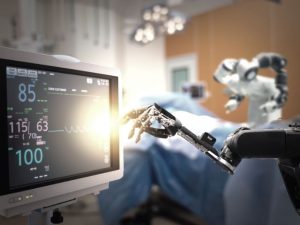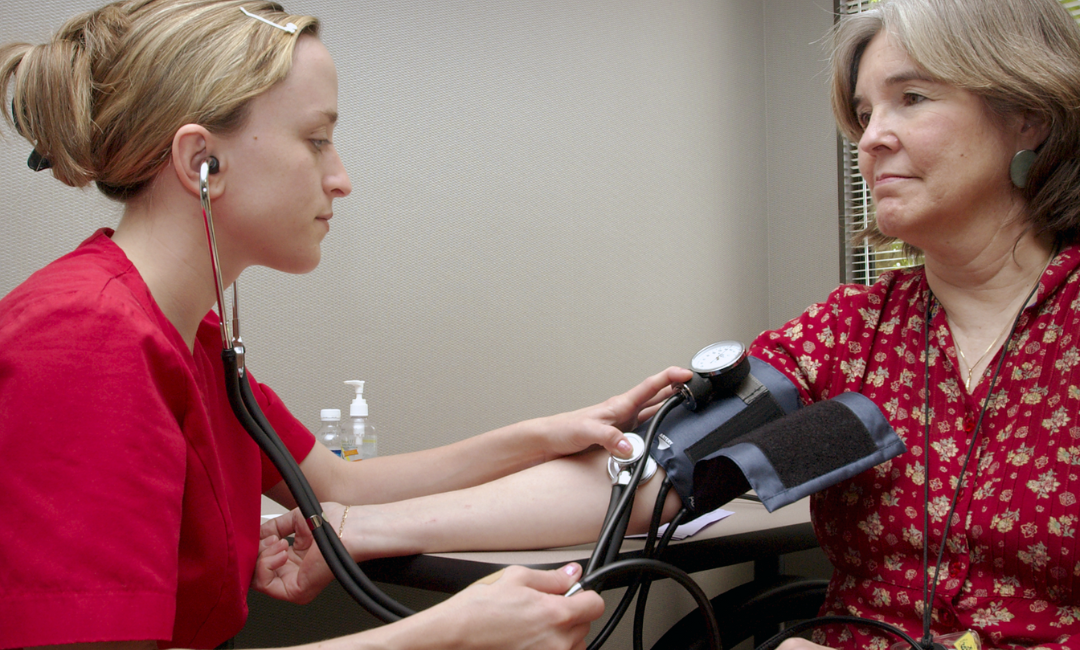Training on The da Vinci Surgical System
Although this timeframe may vary depending on the facility, training on the surgical robot can take up to 10 weeks before it is ever used in the OR on a patient.
After 200 cases, the surgeon will be proficient and able to minimize future complications.
Early testing in these surgical robots shows they can handle varying technical tasks, such as suturing and tumor removal.
With greater dexterity from using the robotic arms, incisions are smaller than the surgeon would have made himself.
They sit at a console, while navigating the arms and using a view screen to see the patient.
This console uses two binocular-type lenses to magnify the surgical site.
Additionally, the surgical robot has four arms, one is a camera and the other three hold advanced instruments needed for the procedure.
To minimize any tremors or shaking in the surgeon’s hands, a motion filtration system is used on board the robot.
When I was first introduced to the da Vinci, it was in 2009 at a Veterans Hospital. We learned to use the arms by picking coins off the “patient,” which gave us the dexterity to work the robotic arms!
There is also the idea that surgery can be performed over telemedicine routes. For example, a surgeon in China could do surgery on a patient in Italy just by guiding the robotic arms in his own hospital. Instead of the surgeon being in the same room, he may be over thousands of miles away!










